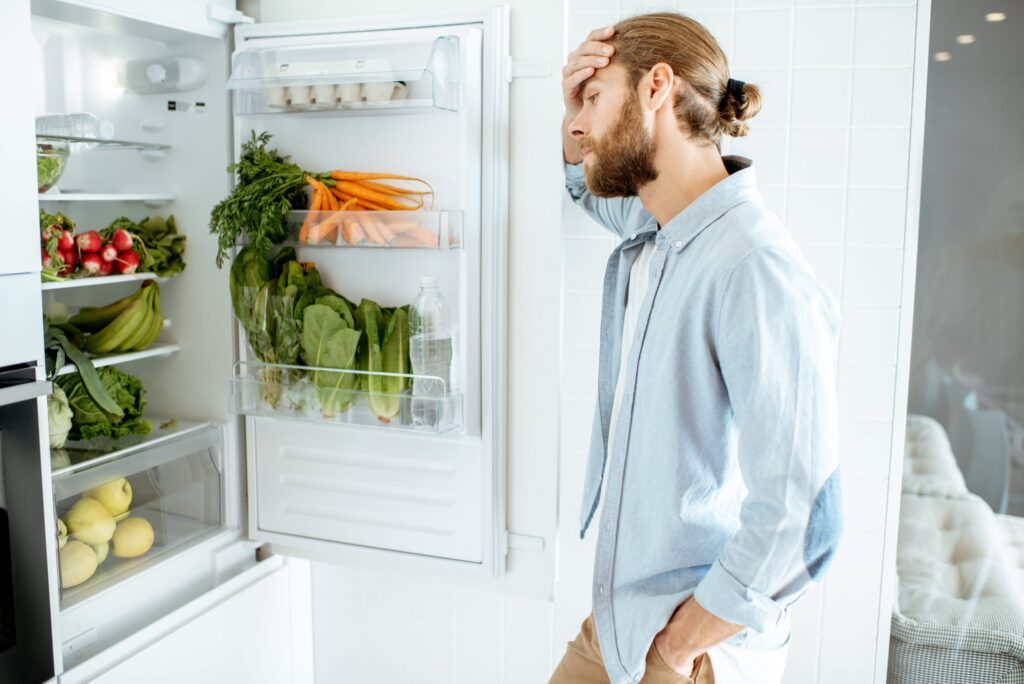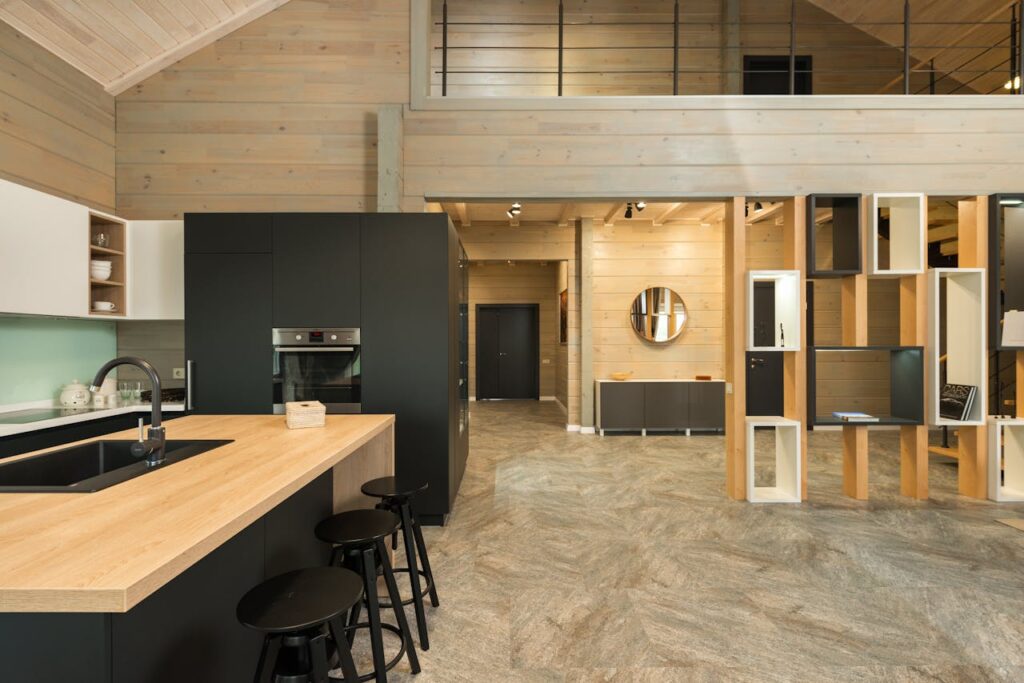Has your refrigerator stopped keeping your food cold? You’re definitely not alone. Before you jump to the worst-case scenario, let’s take a look at the most common reasons this happens:
Main Reasons Your Refrigerator Might Not Be Cooling:
- The vents inside are blocked or the shelves are overstuffed
- The thermostat is set incorrectly
- Condenser coils are dirty or dusty
- The door gasket (rubber seal) is worn out or dirty
- There’s an issue with the compressor or the cooling fans
- The fridge is not plugged in or there’s a power issue
Below, you’ll find a closer look at each problem—plus easy steps you can try before calling a repair service.
Blocked Airflow and Overstuffed Shelves
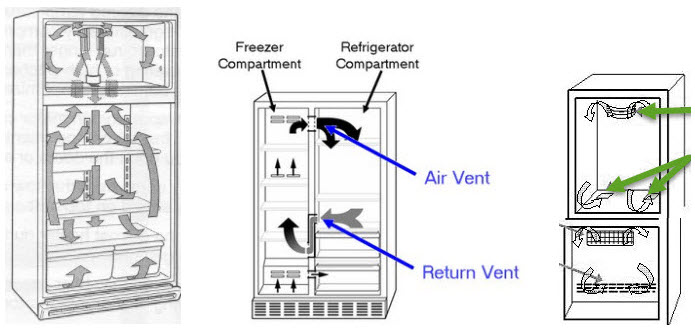
Believe it or not, sometimes your fridge just can’t “breathe.” If you’ve packed shelves too tightly or blocked the vents at the back, cold air won’t circulate. This can make certain areas warm while others freeze. A quick rearrangement of your groceries can sometimes solve the issue.
Wrong Thermostat Setting
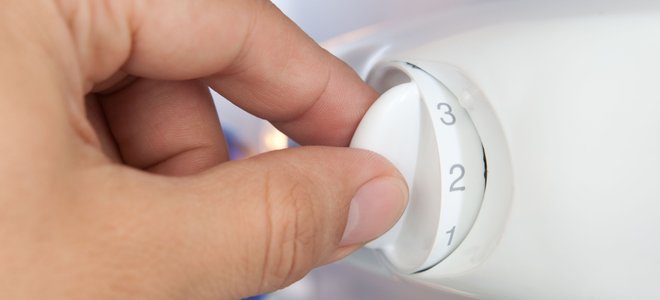
It happens more often than you might think: someone accidentally bumps the thermostat dial while putting groceries away. If your fridge isn’t cold, check to make sure the setting is correct. Most people aim for around 37°F (or 3°C).
Dirty Condenser Coils
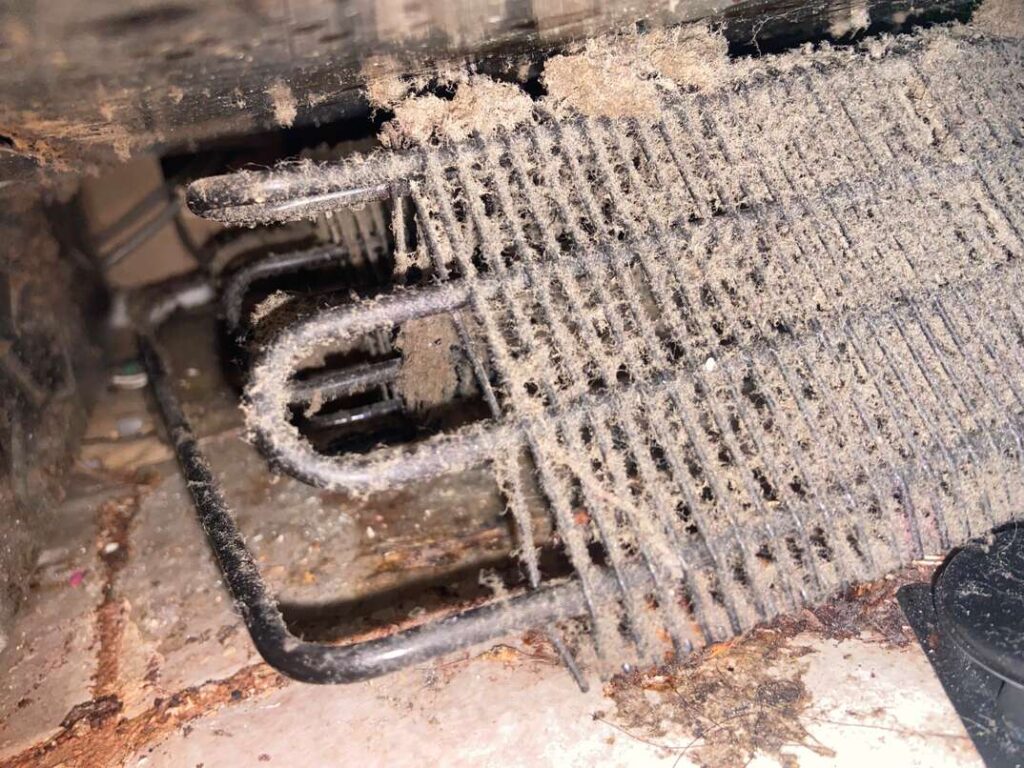
Another frequent culprit is dust. Condenser coils—usually behind or underneath the fridge—can get clogged with dust, pet hair, and kitchen grime. If they’re not clean, your fridge has to work harder, sometimes with little to show for it. Giving the coils a gentle cleaning every few months is a small effort that can save a lot of trouble.
Worn or Dirty Door Gasket
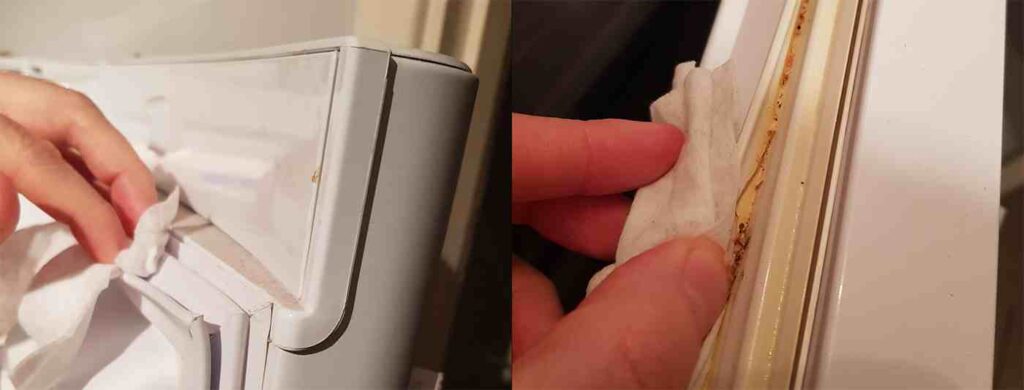
If the rubber gasket around the fridge door gets dirty or starts to crack, it won’t seal properly. Warm air seeps in, and suddenly your fridge can’t stay cool. Wipe the seal down with soapy water, and check for any obvious gaps or cracks.
Problems with the Compressor or Fans
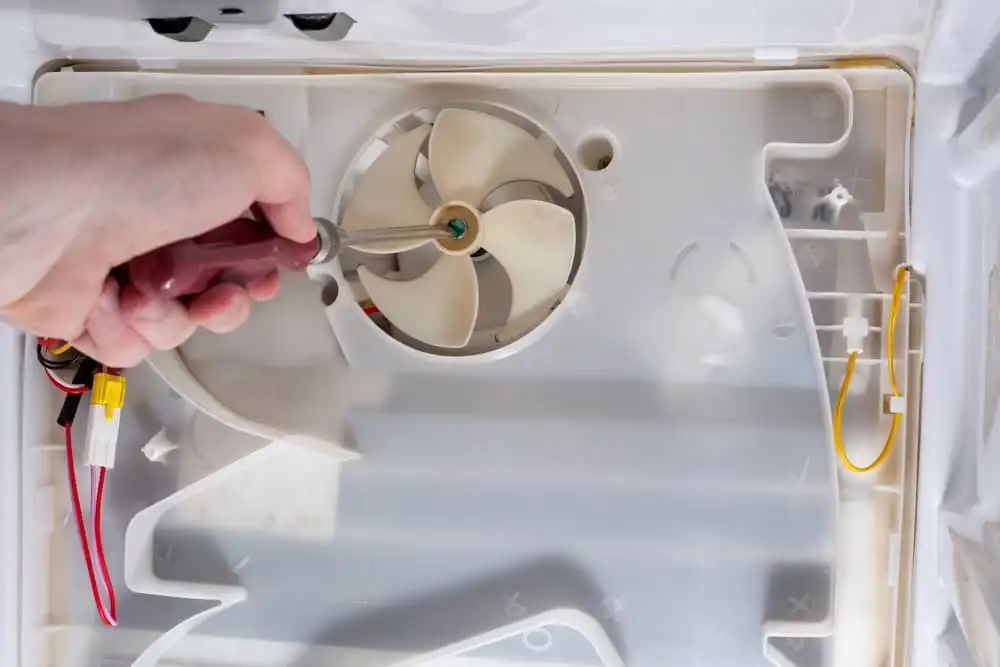
Sometimes the problem is mechanical. If the compressor isn’t running, or the fans aren’t spinning, your fridge simply won’t cool. If you don’t hear the usual hum, or you notice clicking or buzzing sounds, you might be looking at a more serious issue.
Steps You Can Try Yourself
Before calling for repairs, run through this checklist:
- Make sure the fridge is plugged in and the outlet works.
- Double-check the temperature settings.
- Clear away anything blocking the vents inside.
- Clean the condenser coils and door gasket.
- Let the fridge settle for a few hours if it’s been opened a lot or just restocked.
When It’s Time to Call a Professional
If you’ve tried the basics and your refrigerator is still warm, it might be time to reach out to a technician. Issues involving refrigerant, compressors, or the appliance’s internal wiring are best left to the pros. Getting help sooner rather than later can keep the problem from getting worse.
How Refrigerators Stay Cool
Most modern fridges use a pretty straightforward system. They rely on a compressor, coils, and fans to circulate cold air. If any part of this chain breaks down—or even just gets blocked—cooling can become ineffective or stop altogether.
Wrapping Up
A refrigerator that stops cooling isn’t always the end of the world—or the end of the fridge! Sometimes, the solution is as simple as cleaning a coil or rearranging a few groceries. But if you’ve checked the obvious and nothing’s working, don’t hesitate to get expert help. With a little attention and regular upkeep, your fridge can keep running smoothly for years.

